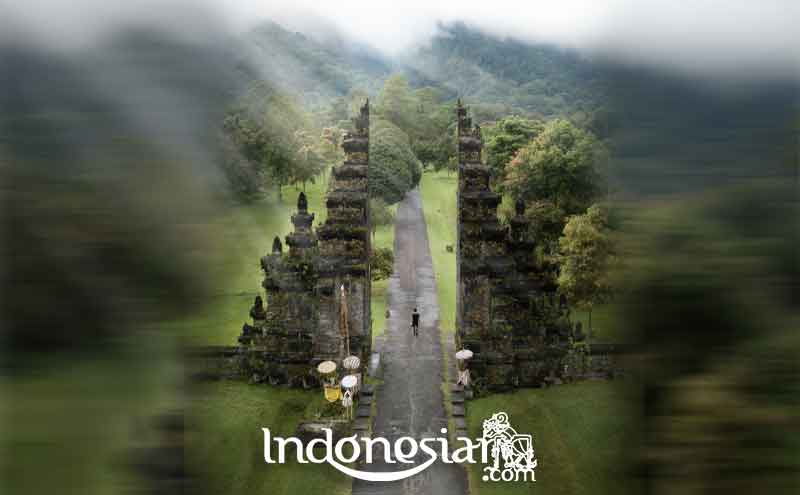Indonesia has a very unique ethnic variety. One of the unique tribes in Indonesia is the Amungme tribe. The Amungme tribe is one of the tribes who live in the highlands of Papua. The Amungme tribe has a tradition of shifting cultivation and hunting. The Amungme tribe inhabits several broad valleys in Mimika and Puncak Jaya districts between high mountains namely the Tsinga valley, the Hoeya valley, and the Noema valley as well as small valleys such as the Bella, Alama, Aroanop valleys, and Wa. Some of them live in the Beoga valley (called the Damal, after the Dani tribe) and the lowlands in Agimuga and the city of Timika. Amungme consists of two words “amung” which means main and “mee” which means human.
According to the legend, it is said that the Amungme people came from the Pagema (Baleim Valley) area of Wamena. This can be traced from the word kurima, which means a place for people to gather and hitigima, which means the place where the ancestors of the Amungme people first established honey from reeds. The Amungme people have the belief that they are the first children of the firstborn of the human race, they live in the north and south of the central mountains which are always covered with snow which in Amungme language is called nemangkawi (white arrows).
The Amungme tribe considers that they are conquerors, administrators and inheritors of the Amungsa realm from the hands of Nagawan Into (God).
The Amungme tribe has two languages, namely Amung-kal which is spoken by the people who live in the south and Damal-kal for the tribes who live in the north.
The Amungme tribe also has a symbolic language, namely Aro-a-kal. This language is the language of symbols that is most difficult to understand and communicate, as well as Tebo-a-kal, the language of symbols that is only spoken when in an area that is considered sacred.
The concept of land, humans and the natural environment has an integral meaning in everyday life. Land is depicted as a figure of a mother who feeds, nurtures, educates and raises from infancy to old age and eventually dies. Land with the environment as its habitat is seen as a place to live, garden, hunt and bury as well as a residence for spirits and the spirits of ancestors so that there are several land locations such as caves, mountains, waterfalls and graves that are considered sacred places. Magaboarat Negel Jombei-Peibei (ancestral land which they highly respect, their source of livelihood), as the Amungme tribe calls their ancestral land where they live. Some of the leadership models of the Amungme tribe, namely menagawan, kalwang, traditional council, wem-wang, and wem-mum, to become leaders are not determined by lineage, a leader can emerge naturally by the process of time and social situations and the ecological environment that influence leadership behavior. traditional at their own cultural level.
The first contact with the outside world occurred in 1936 when the Carstensz expedition led by Dr. Colijn cs, through a Catholic mission in 1954 led by Pastor Michael Cammerer assisted by a local resident named Moses Kilangin and the Dutch government, most of the Amungme people were moved to the coastal area, in Akimuga until now, the reason for the displacement was due to the process of spreading religion and service to the Amungme community which was impossible in the mountainous area.
The Amungme are very attached to their ancestral land and consider mountains to be sacred. The mountain which is used as the center of gold and copper mining by PT. Freeport Indonesia is a sacred mountain glorified by the Amungme people, with the name Nemang Kawi. Nemang means arrow and kawi means holy. Nemang Kawi means holy arrow (free of war / peace). The Amungme tribe has a customary organization called Lemasa (the Amungme Tribe Customary Institution) which fights for the basic rights of the Amungme people.
Come on, get interesting information and add insight to your knowledge from Indonesiar.com.






























